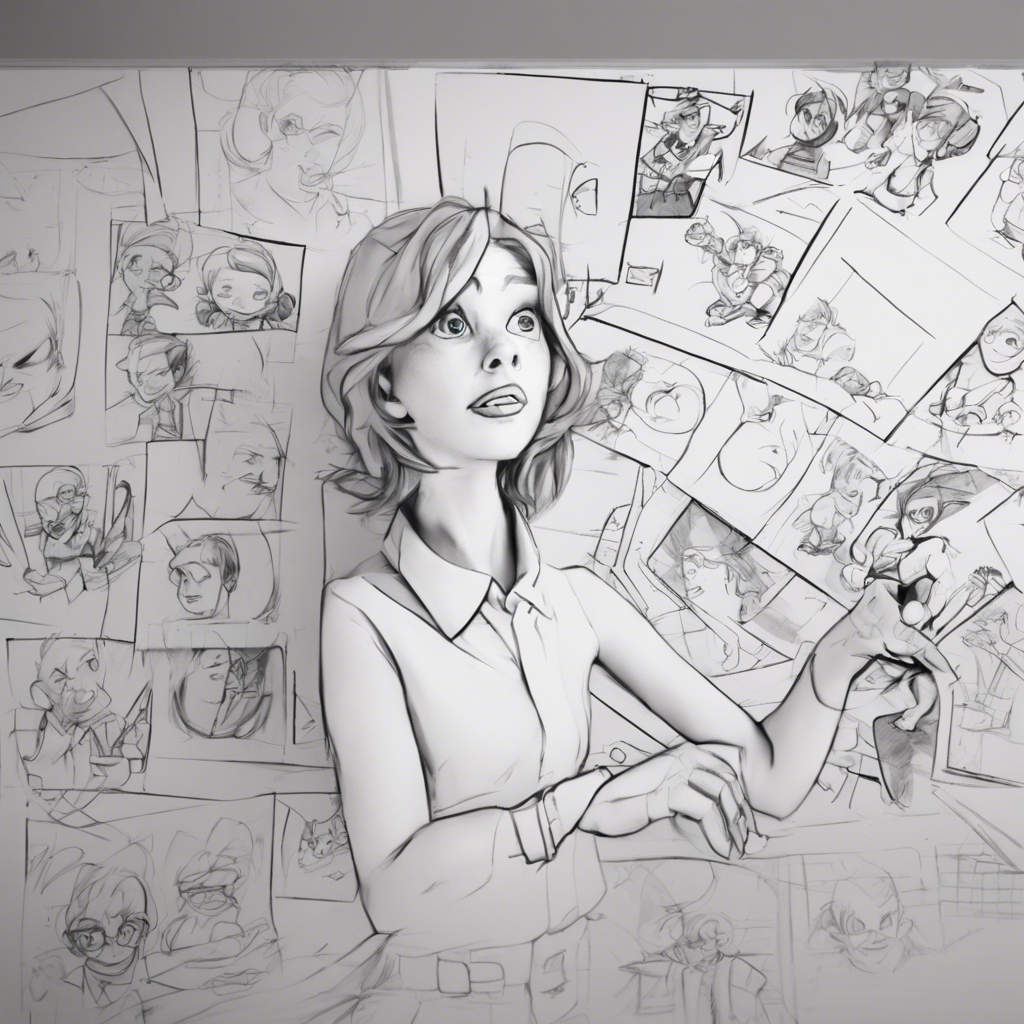How fast do animators draw?
How Fast Do Animators Draw?
As the world of animation continues to evolve, one question that often arises is: how fast do animators draw? The answer, as with many aspects of animation, is not straightforward. The speed at which animators draw can vary widely depending on a number of factors, including their skill level, the complexity of the project, and the specific techniques they are using. In this article, we'll explore the different variables that affect drawing speed in animation and what it means for the industry.
The Basics of Animation
Before diving into the speed of drawing, it's important to understand the basics of animation. Animation is the process of creating a series of images that, when played in sequence, create the illusion of movement. This is achieved through a technique known as keyframing, where animators define key positions and movements of a character or object, and the software fills in the frames in between.
Traditional Animation
Traditional animation, also known as hand-drawn animation, involves drawing each frame by hand. This method is labor-intensive and time-consuming, with animators often drawing 12-24 frames per second for smooth motion. Given this, the question of how fast animators draw takes on a literal meaning, as the speed at which they can produce these frames directly impacts the production timeline.
Digital Animation
With the advent of digital technology, much of the drawing process has been automated or streamlined. Digital animation software allows animators to draw directly on a computer, with tools that can simplify the process of creating in-between frames. However, the speed at which digital animators draw is still a critical factor, especially in industries where deadlines are tight and the demand for content is high.
Factors Affecting Drawing Speed
Several factors influence how fast animators draw:
- Skill Level: More experienced animators can draw faster and with greater accuracy, having developed their skills over time.
- Complexity: The complexity of the scene or character can slow down drawing speed. Detailed backgrounds, multiple characters, and complex movements require more time to draw.
- Technique: Different animation techniques, such as rotoscoping (tracing over live-action footage) or using 3D models as a base, can affect drawing speed.
- Preparation: Planning and pre-visualization can significantly increase drawing speed by allowing animators to work more efficiently.
The Role of Experience
One of the most significant factors in drawing speed is experience. Animators who have been in the industry for years have honed their skills to the point where they can produce high-quality work quickly. They are familiar with common shortcuts, know how to simplify complex scenes, and can often predict what the final product should look like, allowing them to work more efficiently.
The Impact of Technology
Advancements in technology have also played a crucial role in increasing drawing speed. Tools like tablets with pressure sensitivity allow for a more natural drawing experience, and software that automates certain aspects of animation can save significant time. However, mastering these tools and knowing when to use them effectively requires practice and experience.
The Industry Standard
In the animation industry, there isn't a one-size-fits-all answer to how fast animators should draw. Projects vary widely in scope, style, and required detail. However, a general rule of thumb is that animators should be able to produce a decent sketch in 15-30 minutes and a more detailed drawing in 1-2 hours. This doesn't mean they are limited to these times but indicates a baseline level of efficiency.
The Importance of Balance
It's a delicate balance between speed and quality. Animators are under constant pressure to work quickly to meet deadlines, but the quality of the animation must not suffer. Studios often set milestones and review points to ensure that the work is progressing both quickly and to the required standard.
The Future of Animation
As technology continues to advance, the role of the animator in terms of drawing speed may evolve. AI and machine learning are beginning to play a role in the animation process, automating certain tasks and potentially speeding up the drawing process. However, creativity, storytelling, and the nuanced understanding of character movement remain uniquely human skills, ensuring that animators will always play a critical role in the animation industry.
Conclusion
The question of how fast animators draw is complex, influenced by a variety of factors including experience, the complexity of the project, and technological advancements. While speed is important, especially in a deadline-driven industry, quality and creativity remain paramount. As the animation industry continues to evolve, so too will the methods and speeds at which animators draw, always striving to balance the need for efficiency with the art of storytelling through animation.
In the end, the speed at which animators draw is less about speed alone and more about how that speed contributes to the overall quality and impact of the animation. Whether through traditional hand-drawn techniques or the latest digital tools, animators continue to push the boundaries of what is possible, bringing stories to life one frame at a time.
Discover more from EMD
Subscribe to get the latest posts to your email.
